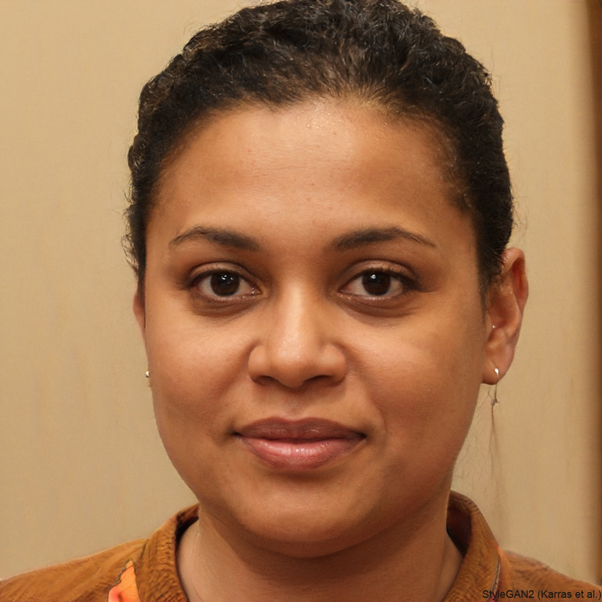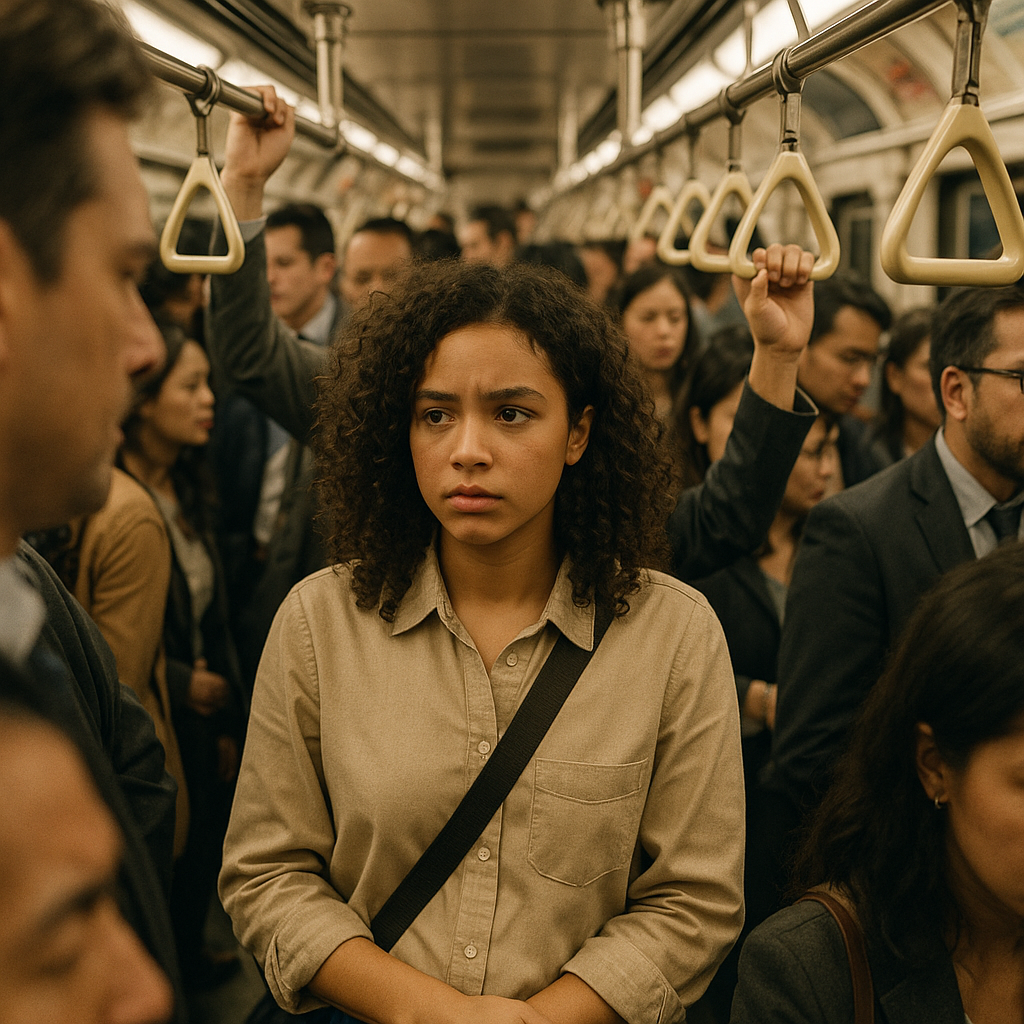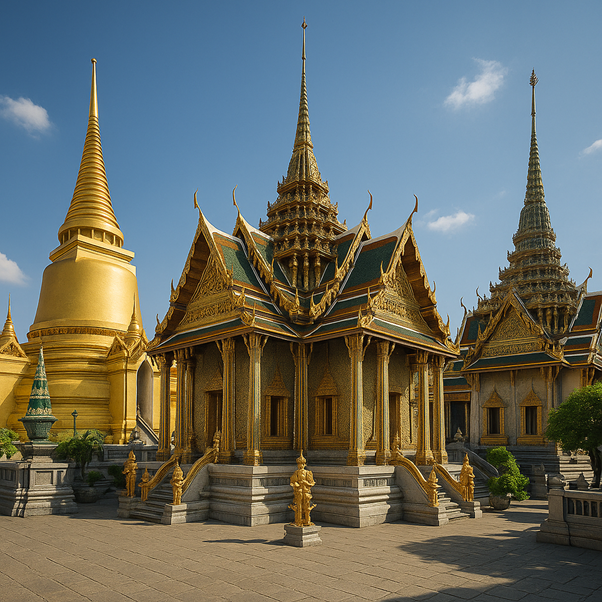It is becoming increasingly difficult to tell whether an image is real or fake. Where you once needed serious Photoshop skills, today anyone can create or edit an image in seconds using an AI tool. This can be fun and creative, but it can also be misleading and even dangerous.
Fortunately, there are useful tools to help you, such as the VISAVIS Image Checker or Google Lens. But even without these tools, you can already spot many suspicious signs yourself. Here are some tips:
1. Check human details
AI often struggles to display body parts correctly. Pay special attention to:
- Eyes: irregular pupils, strange or double reflections, eyes not looking in the same direction.
- Teeth: unnaturally straight teeth or a mouth where the teeth “merge together.”
- Fingers and hands: too many or too few fingers, unnatural bends, or hands that blend into each other.
- Hair: hairline placement, hair shape, hair that seems to have no origin.
- Ears: odd shapes, earrings that disappear into the skin, or details that don’t match.
Always compare left and right. Our bodies are rarely perfectly symmetrical, but AI sometimes forgets that!
Look at the image below. The visible earring takes a strange shape and fades into the background. It is also noticeable that a part of the woman’s right ear is missing.

2. Watch for natural laws
AI struggles with logic and physics. Check carefully for:
- Light and shadow: does the light come from the same direction? Are the shadows realistic?
- Reflections: in mirrors or glasses, you sometimes see something very different from what you would expect.
- Proportions: objects or people can appear unnaturally large or small relative to their surroundings.
Look at the image below. Although the dog’s reflection on the wet sand looks fairly realistic, the shadow is incomplete and not fully aligned with the sun’s direction.

3. Study the background
The environment often reveals a lot.
- Blurry or distorted objects: for example, chairs that seem to “melt” or buildings that bend.
- Illogical perspectives: things that don’t appear to be in the right place.
- People in the background: often they are poorly detailed or blurry.
Look at the image below. Behind the arm rising to the right of the woman, it seems as if two different women occupy the same spot in the metro.

4. Is it too perfect?
AI images are often more beautiful than reality.
- Symmetry: a face or object that is almost perfectly symmetrical.
- Shine and lighting: images often have strong lighting and unnatural gloss.
- Colors: too bright, too saturated, too beautiful, or excessively vivid.
Look at the image below. This AI image is almost perfectly symmetrical, and the colors used are excessively vivid.

5. Check text and logos
AI and text still don’t mix well.
- Letters are often unclear, crooked, incoherent, or overlapping.
- Text may contain strange spelling mistakes or appear in an odd language.
- Logos or brand names look almost correct, but miss that recognizable detail.
Look at the image below. If you examine the letters in the book closely, you’ll see that you can’t make much sense of it and that it’s really just vague lines.

6. Watch for Watermarks
Some AI tools automatically place a watermark or small logo on generated images, often in a corner. If you see this, there’s a high chance the photo was AI-generated.
Look at the image below. The watermark is very clearly visible here.
